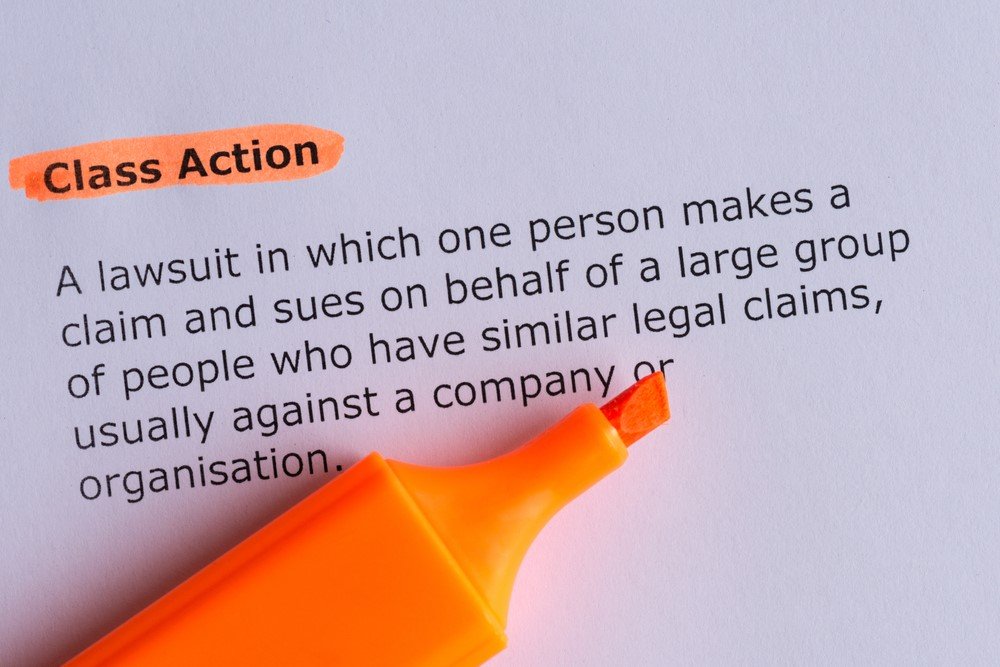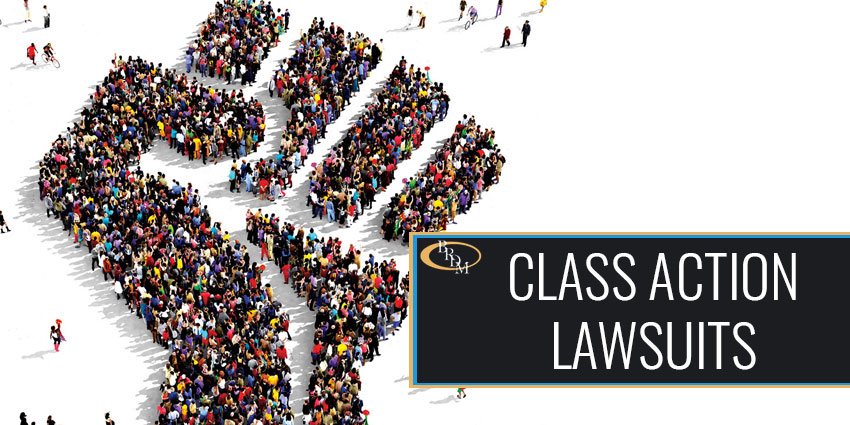Cumulative Justice: The Power and Refine of Class Action Lawsuit Claims
Cumulative Justice: The Power and Refine of Class Action Lawsuit Claims
Blog Article
Comprehending Class Activity Legal Action: An Overview for Lawyers
Course action suits have come to be an integral part of the legal landscape, allowing for the debt consolidation of several cases into a solitary activity. By delving into the complexities of class action claims, this overview furnishes attorneys with the expertise and tools required to efficiently browse this complicated location of regulation.
The Basics of Course Action Claims
Course action legal actions are a legal mechanism employed to consolidate similar claims from a group of individuals right into a single lawsuit, offering a cost-efficient and efficient approach to seeking justice and resolution. This kind of suit allows a depictive plaintiff, acting upon behalf of the whole course, to bring a case against an offender who has actually apparently caused injury or broke the rights of multiple individuals.
The standard requirements for bringing a class activity claim include numerosity, commonness, typicality, and competence of representation. Numerosity refers to the truth that the class need to be so big that joinder of all members would certainly be not practical.
Class activity legal actions can be helpful for both plaintiffs and accuseds. For accuseds, it supplies the chance to efficiently solve multiple insurance claims in a solitary claim, preventing the demand to safeguard against various individual legal actions.
Identifying and Assessing Potential Class Participants
After developing the basic needs for a class action claim, the following step is to identify and analyze potential class members. This procedure entails determining that may belong to the course and reviewing their cases to determine if they meet the required standards.
To determine possible class members, attorneys generally conduct substantial research and collect relevant info. This may entail evaluating files, carrying out interviews, and analyzing records to identify individuals or entities that may have been influenced by the claimed misdeed. It is vital to establish a extensive and clear list of potential course members to make sure that all influenced parties are consisted of in the legal action.
As soon as potential course members have actually been determined, the next action is to analyze their cases. This includes evaluating the merits of each private claim to establish if they satisfy the legal demands for course accreditation. Legal representatives should meticulously evaluate the realities, proof, and legal concepts of each possible class participant's case to make sure that they have a viable situation.
Analyzing potential class participants also includes determining whether they meet the course interpretation and have actually endured comparable damage as a result of the offender's actions. This requires contrasting the realities and circumstances of each possible class member's situation to the accusations and legal concepts presented in the legal action.
Browsing the Course Certification Process
To efficiently browse the course accreditation procedure, legal representatives must carefully stick to the step-by-step needs stated by the court. Class certification is an essential action in a course action lawsuit, as it figures out whether an instance can continue as a course activity, standing for a group of individuals who have similar claims against a defendant. The procedure involves satisfying certain standards, such as numerosity, commonness, typicality, and adequacy of representation.
Firstly, attorneys should establish numerosity by demonstrating that the class is so large that individual joinder is impractical. This can be attained via proof or professional statement. Secondly, they should establish commonness by revealing that there are typical concerns of legislation or fact that predominate over individual concerns. This needs an extensive evaluation of the defenses and claims entailed.
Following, legal representatives need to show typicality, which means that the representative complainant's claims are regular of the insurance claims of the course members. This makes certain that the rate of interests of the representative complainant align with the passions of the class. Last but not least, attorneys have to show competence of representation, suggesting that the representative complainant and their counsel will relatively and properly represent the interests of the course.
To browse this procedure successfully, attorneys have to thoroughly prepare by conducting extensive research study, collecting proof, and creating an engaging debate that satisfies each of these requirements. They need to additionally be prepared to reply to any arguments or obstacles raised by the offender. By vigilantly adhering to the step-by-step needs stated by the court, legal representatives can increase their possibilities of acquiring course qualification and progressing the passions of the class participants.

Key Approaches for Taking Care Of Course Activity Litigation
Upon efficiently browsing the class accreditation procedure, lawyers need to after that implement essential approaches for successfully handling class action lawsuits. These approaches are important to make certain that the situation proceeds smoothly and effectively, inevitably making best use of the chances of a beneficial end result for the class participants.
One key approach is to develop a strong and cohesive legal group (Class action lawsuit). This involves setting up a team of lawyers with proficiency in class action litigation, in addition to other appropriate locations such as the certain industry or subject issue associated with the situation. A versatile team can bring different point of views and abilities to the table, enhancing the total performance of the lawsuits
An additional vital approach is to develop a well-balanced and thorough lawsuits plan. This strategy needs to lay out the total goals of the situation, as well as the certain lawful theories and arguments that will certainly be sought. It must likewise consist of a timeline and budget plan to guarantee that the case remains on track and within the allocated resources.
Furthermore, legal representatives must actively involve with the course participants throughout the lawsuits procedure (Class action lawsuit). This consists of offering normal updates on the development of the instance, seeking input and responses from the class members, and resolving any type of concerns or inquiries they may have. By cultivating open interaction and cooperation, attorneys can build trust fund and assistance amongst the class participants, which can be important in attaining a successful resolution
Clearing Up Course Activity Suits: Settlement and Authorization
When it pertains to clearing up class action legal actions, efficient arrangement and getting authorization are important action in achieving a resolution. Class activity lawsuits are complicated and include a multitude of plaintiffs, making it vital to reach a settlement that is satisfying and reasonable to all parties included.

When a settlement contract is gotten to, it should be approved by the court. The court's function in this procedure is to make sure that the negotiation is fair, reasonable, and adequately safeguards the interests of the class members. The court will consider elements such as the nature of the insurance claims, the stamina of the evidence, the potential recovery for the course members, and any kind of arguments elevated by course participants.
Acquiring court authorization is essential as it provides finality to the negotiation and protects the interests of the course members. It guarantees that the settlement is binding and enforceable, and course participants can get their rightful payment.
Conclusion

Class action legal actions have become an indispensable part of the legal landscape, allowing for the loan consolidation of several insurance claims into a solitary Class action lawsuit action. Course accreditation is a crucial action in a class activity lawsuit, as it identifies whether a case can continue as a class action, standing for a group of individuals that have comparable insurance claims versus a defendant. By carefully adhering to the procedural needs established forth by the court, lawyers can increase their possibilities of acquiring course qualification and advancing the passions of the course members.
The court will certainly take into consideration elements such as the nature of the insurance claims, the toughness of the proof, the potential healing for the course participants, and any arguments increased by course participants.
By identifying and examining possible course participants, attorneys can figure out the stability of a class action suit.
Report this page